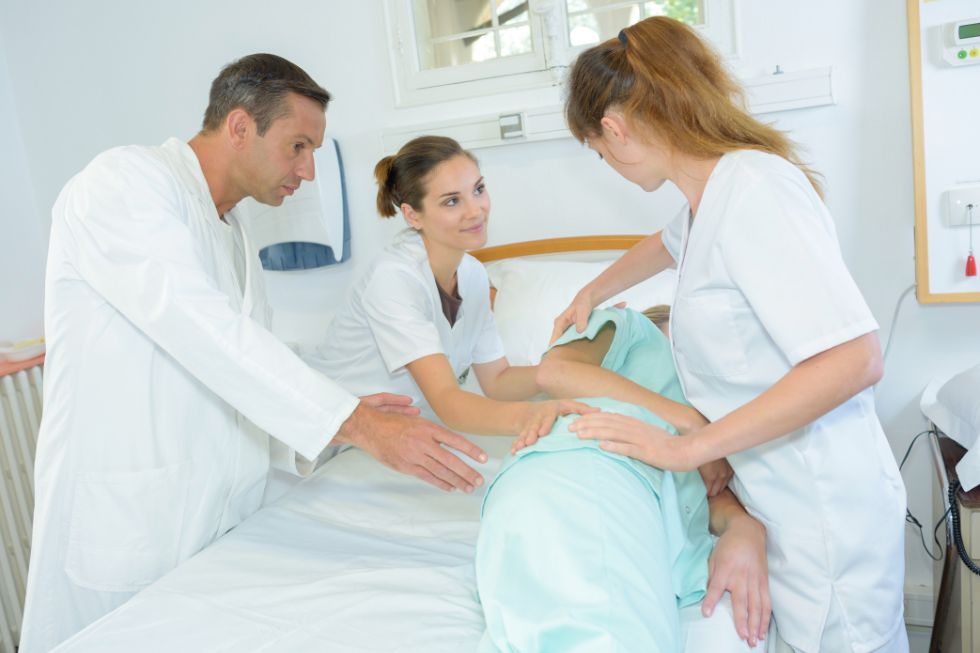Transfers are crucial for the overall health, comfort, and recovery processes of patients who are bedridden or have limited mobility. Knowing how to avoid injuries when moving a patient is essential for effective care from medical professionals and family caregivers. Use these practical tips to transfer patients safely and efficiently.
Use Proper Lifting Techniques
Lifting techniques emphasize the correct alignment and use of muscles to prevent strain or harm. Using a proper lifting technique protects caregivers and patients by enhancing stability during transfers.
Follow these five essential strategies for proper lifting:
- Keep a wide base of support: Stand with your feet shoulder-width apart to ensure stability and balance while lifting or moving a patient.
- Bend your knees, not your back: Utilize the strength of your leg muscles for lifting by bending at the knees while keeping your back straight.
- Stay in close proximity to the patient: Get as close as possible to the patient before attempting to lift to minimize reaching and reduce the risk of muscle strain.
- Engage core muscles: Before lifting, activate the muscles around your abdomen and lower back to stabilize your spine.
- Lift with a smooth, controlled motion: Lift using a gradual and steady motion. Avoid any jerky or rapid movements that could cause harm to both you and the patient.
Employ Assistive Devices
Assistive devices are essential for avoiding injuries when moving patients. These tools make the process safer and can also improve the patient’s experience, especially if the patient is feeling pain. For effective and efficient help, learn when and how to correctly use transfer belts, slide sheets, transfer boards, patient lifts, hoists, and gait belts.
How Hospital Beds Help
A Stryker medical bed can facilitate patient transfers by offering adjustable heights, allowing caregivers to raise or lower the bed to an optimal level for safe and comfortable transfers. Adjusting the incline of the head or foot sections aids in gently moving the patient into a more favorable position for transfers. Side rails and optional integrated transfer aids, such as trapeze bars, offer additional leverage for patients and care teams.
Communicate Clearly
Prior to any movement, inform the patient of what to expect and how they can participate if they’re able to assist. This step not only prepares them but also helps coordinate movements, which can drastically reduce the risk of any sudden motions that may result in injuries.
Effective communication extends to team members as well. If another person is helping with the transfer, it’s imperative to communicate each person’s role and establish a simple signal for starting the move.
Seek Assistance When Necessary
Recognizing the limits of your capabilities is not a sign of weakness but of professional wisdom. If a patient transfer feels overwhelming or unsafe, request assistance. Always evaluate each situation to determine the level of assistance required. If you need a mechanical lift or additional personnel but they aren’t readily available, wait until you have access to the proper resources.
Healthcare providers and caregivers can protect themselves and their patients by using proper lifting techniques, employing tools, communicating effectively, and asking for assistance. These foundational practices minimize the risk of injuries and help patients feel more secure.


Recent Comments